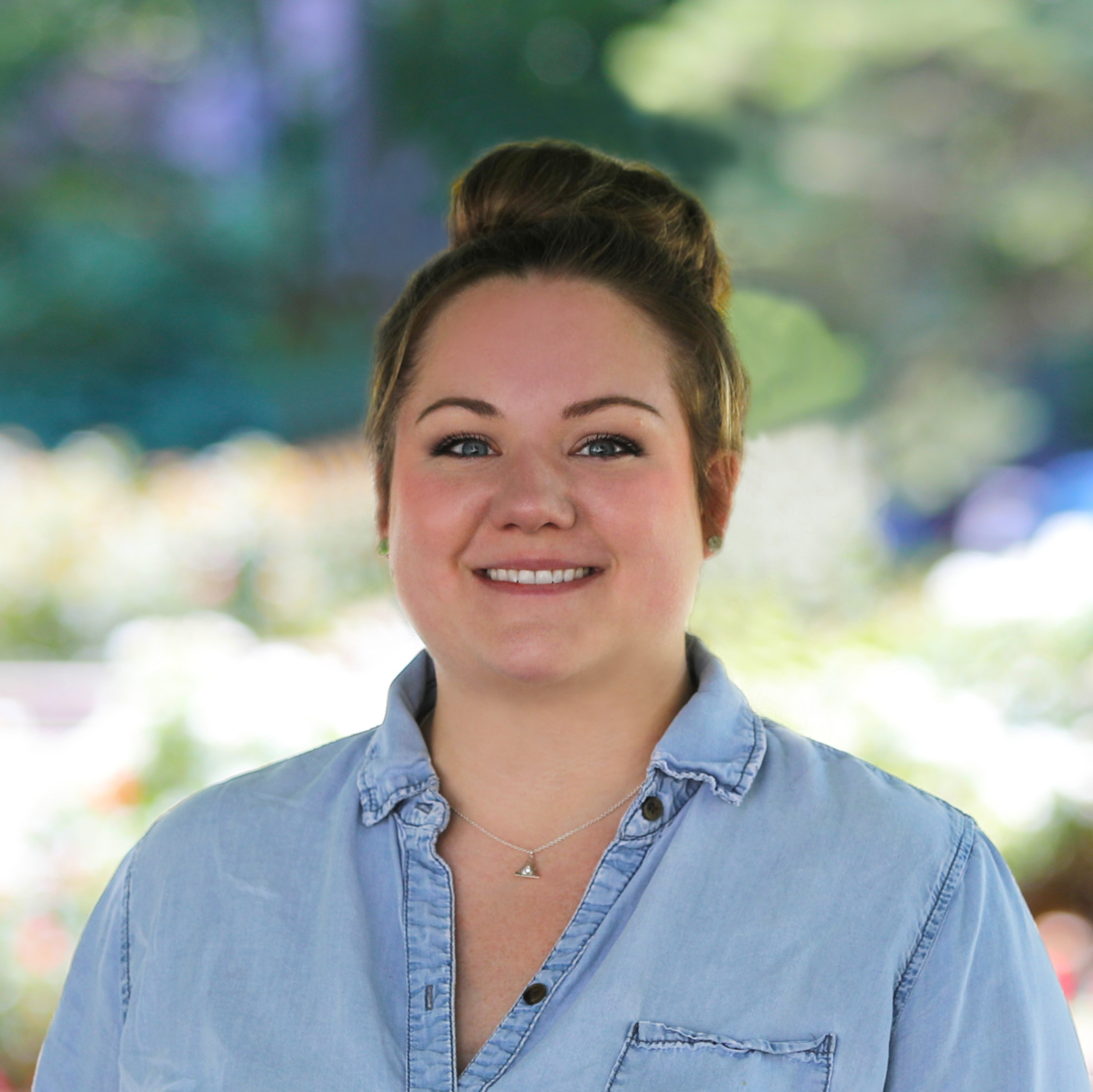Key Findings from the 2018 Schooling in America Survey
From walkouts to the Supreme Court to ballot measures, teachers and K–12 education made headlines this year. Elections can only tell us so much about what the public thinks about education matters and reforms, such as school choice. That’s why we look to polls like EdChoice’s six-years-running Schooling in America Survey, which allows us to provide a clear picture of Americans’ views and attitudes on K–12 issues.
For this year’s survey, we interviewed a representative national sample of 1,803 American adults, including an extra 533 school-aged parents. Most notably, we surveyed a separate sample of 777 public school teachers.
Learn what we found in this slide show of our key findings.
WHAT WE FOUND
Most public school teachers aren’t promoters of their vocation, and they trust their students and principals more than they do parents.
More than half of teachers think schools spend too much time on standardized testing.
That said, parents are making more financial sacrifices and expending more time and effort to support their children’s education in 2018 than they reported in 2016.
Majorities of parents express satisfaction with their schooling experiences, too.
But huge gaps still exist between where parents would prefer to send their kids to school and where they actually send their kids to school. School choice programs would allow parents’ preferences to more closely match actual enrollments. And overall support for school choice remains strong, with education savings accounts (ESAs) being the most popular type.
Education funding always comes into play, whether legislators are considering school choice programs or any other policy. We find the vast majority of Americans don’t know how much we spend on K–12 education. Only one person out of more than 1,800 respondents estimated the correct average per-pupil spending: $11,500. But when Americans find out how much we spend, their opinions change.
But do Americans think public school districts are spending those funds the right way?
We know public school teachers don’t think so.
In fact, public school teachers are more likely to blame local districts for disruptions caused by walkouts and strikes, but Americans generally are more likely to blame teachers’ unions.
When it comes to how our schools perform, few Americans are aware of how their states hold public schools accountable. More than one-third report being unsure whether their states use A–F grades or other ratings to hold school systems accountable.
Americans are fairly split about what the broad purpose of a state accountability system should be, but many, 58 percent, believe it is to “ensure minimum standards of reading and math learning.” And many, 49 percent, believe teachers should be empowered to develop and implement accountability systems. There’s no consensus, however, about who should be held responsible in K–12 education.
For more findings from this report, visit www.edchoice.org/SIA2018.




